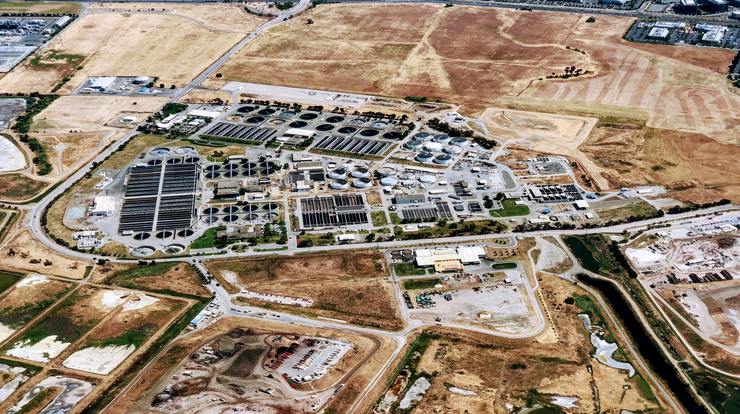Pinellas County Releases Statement
Police in Pinellas County, FL released a statement today regarding a hack that happened at the City of Oldsmar’s water treatment system. Around 8am local time on Friday, February 5th, a plant operator at the Oldsmar plant noticed someone remotely accessing the system.
“The person who remotely accessed the system for about three to five minutes, opening various functions on the screen,” Pinellas County Sheriff Bob Gualtieri said during the press conference. “One of the functions opened by the person hacking into the system was one that controls the amount of sodium hydroxide in the water.”
Sodium hydroxide is commonly known as lye. It’s used in water supplies to bring up the pH and prevent pipe corrosion. If ingested in larger quantities, however, lye can cause severe corrosive burns to the throat, esophagus, and stomach sometimes leaving permanent damage. Lye can cause skin burns and damage to the eyes. When mixed with water, it releases fumes that can harm the lungs. If enough is ingested, it can lead to death.
The hacker changed the ratio of sodium hydroxide in the water supple from 100 parts per million to 11,100 parts per million. As soon as the hacker exited the system, the plant operator changed the ratios back to proper amounts.
Unknown Actor
What is unknown is if the intruder had permissions to enter or if they did, indeed, hack their way into the system. Since there are passwords required to enter remotely, the administrators will be able to determine if it was an authorized user or not.
Remote access to network systems is common and has become more prevalent during the pandemic. Remote management products are available that allow administrators the ability to monitor who is accessing their systems remotely. A comprehensive remote management product will also provide the administrator with the ability to close the remote session and block the user for instances like these.
Sheriff Gualtieri confirmed the unknown person entered the system more than once, stating, “…someone hacked into the system not just once but twice.” Gualtieri also noted, “The person who remotely accessed the system for about three to five minutes, opening various functions on the screen.”
The second time the unknown person accessed the system was about 1:30pm local time. That was when they changed the sodium hydroxide levels. No further information regarding the intruder was mentioned.
Photo by John Cameron on Unsplash




